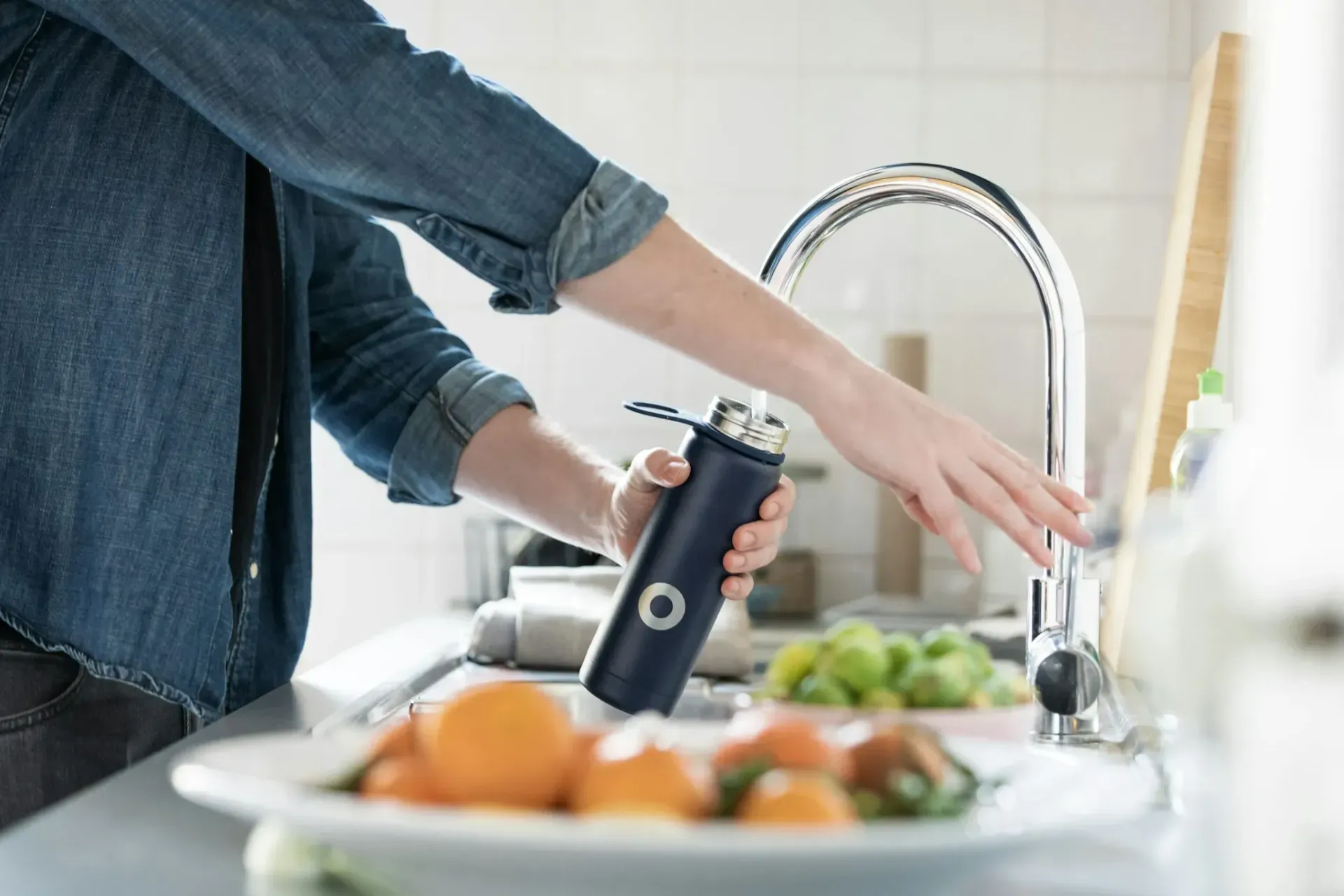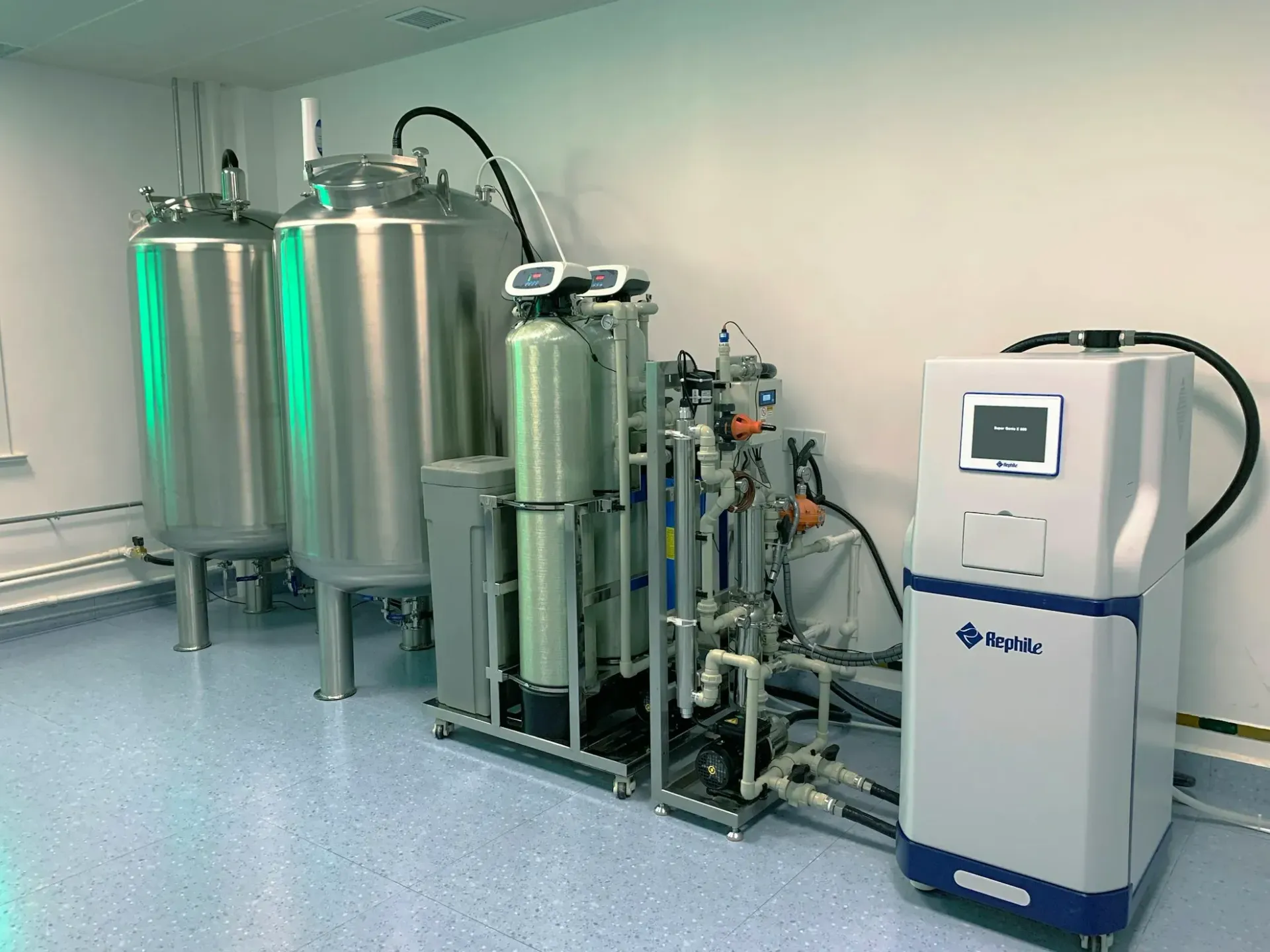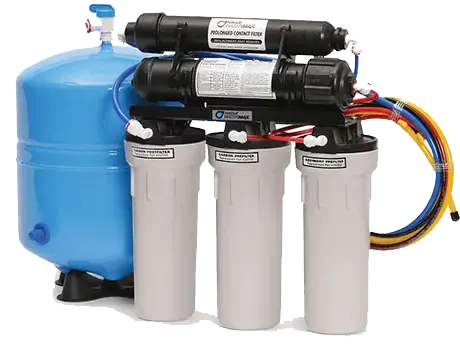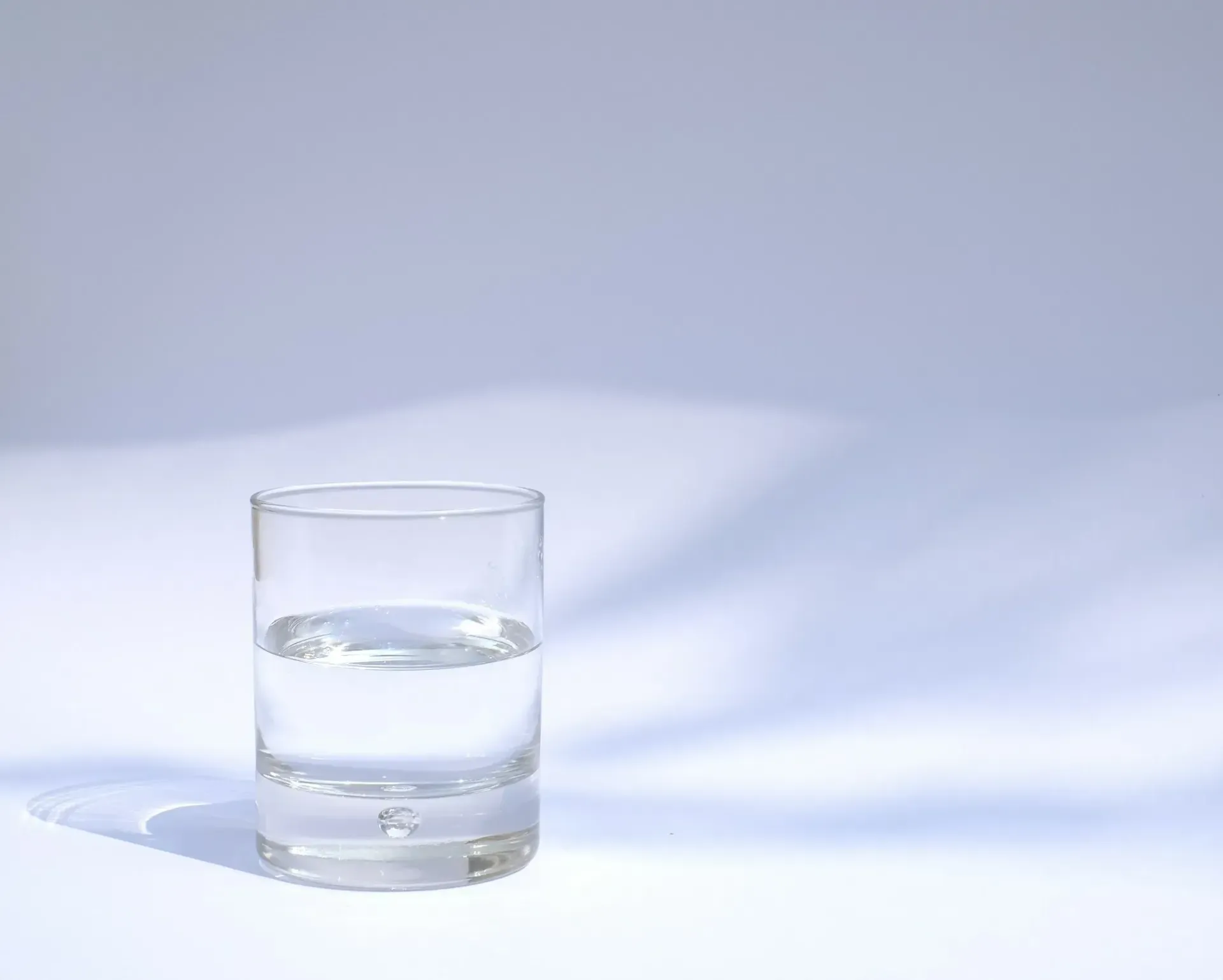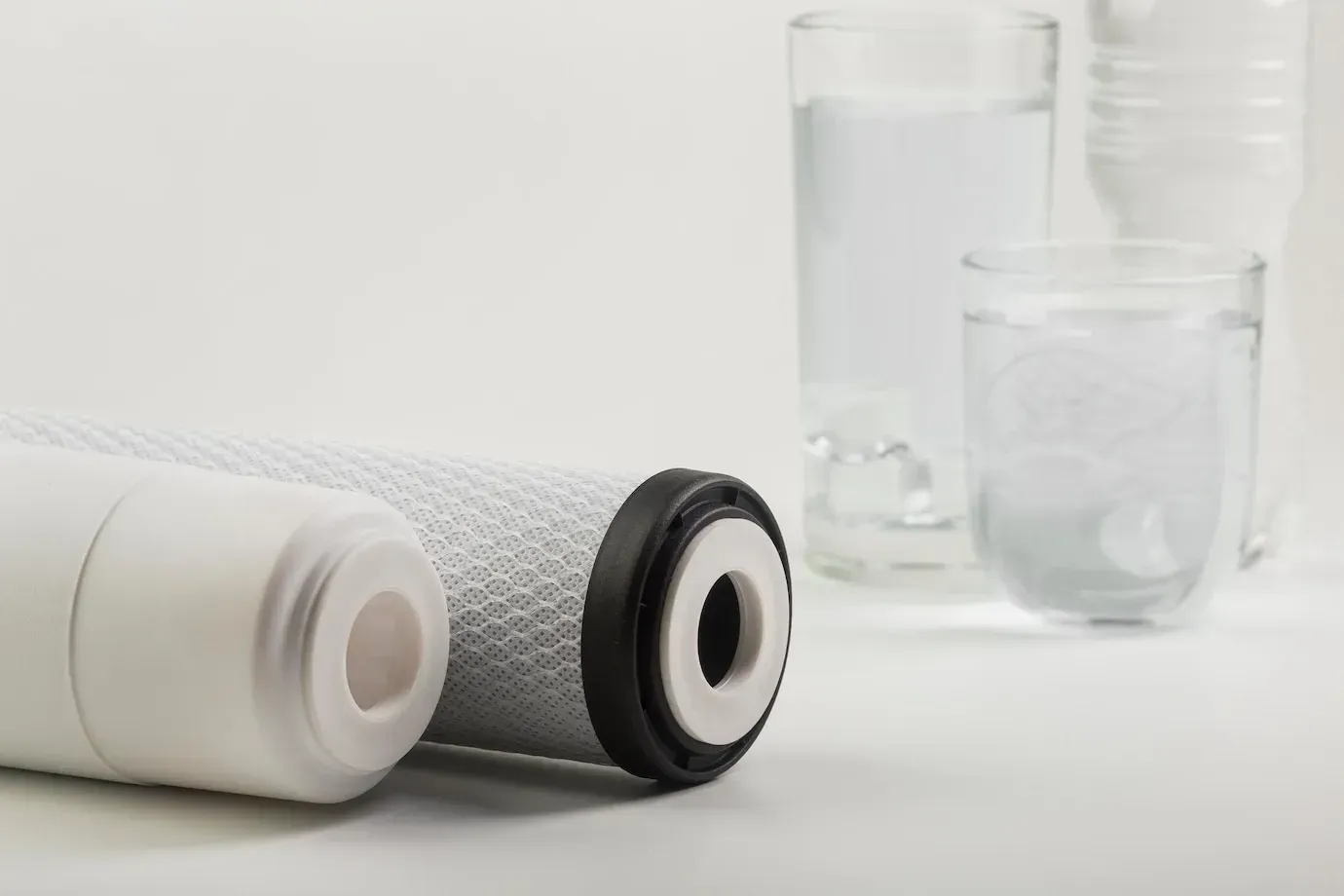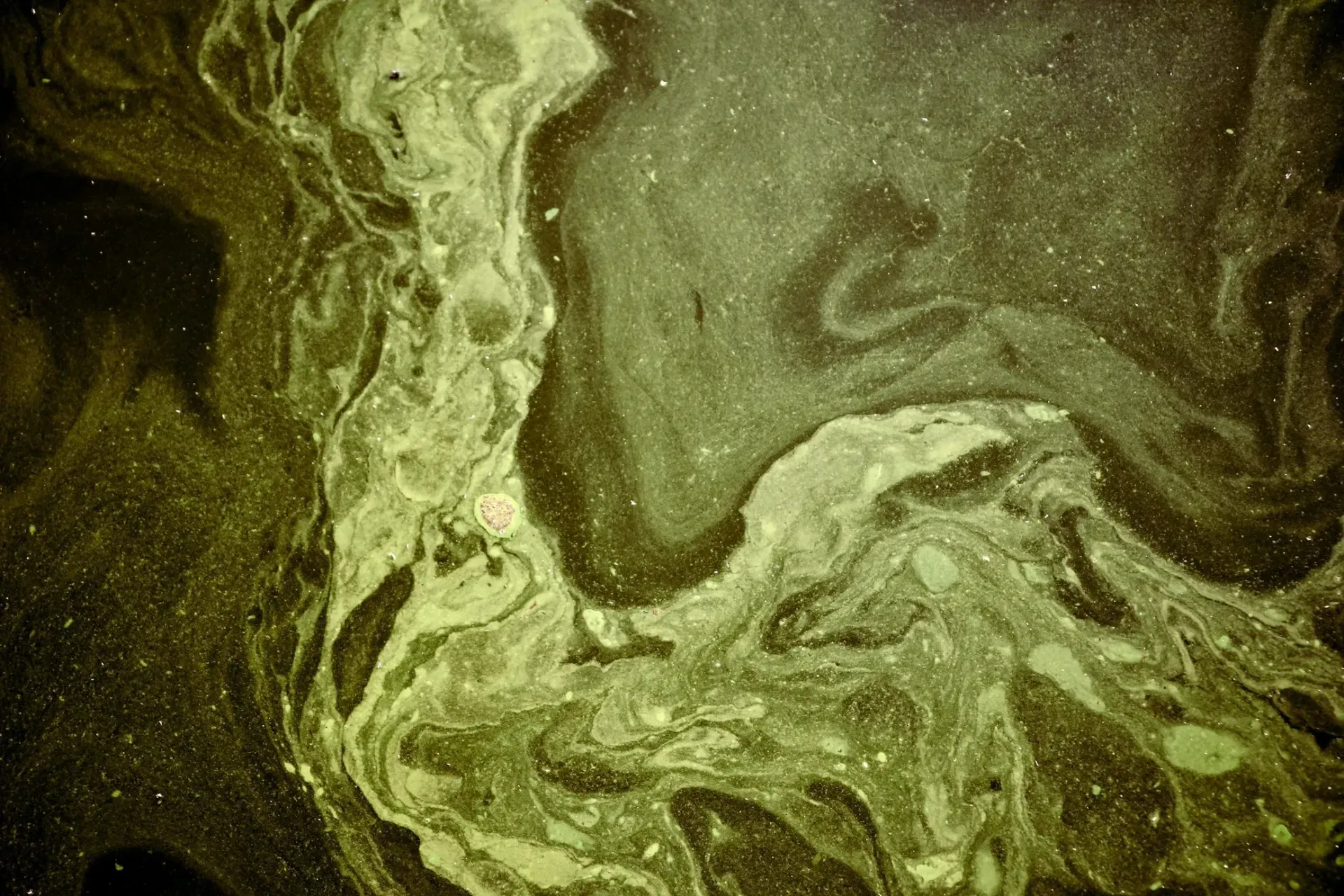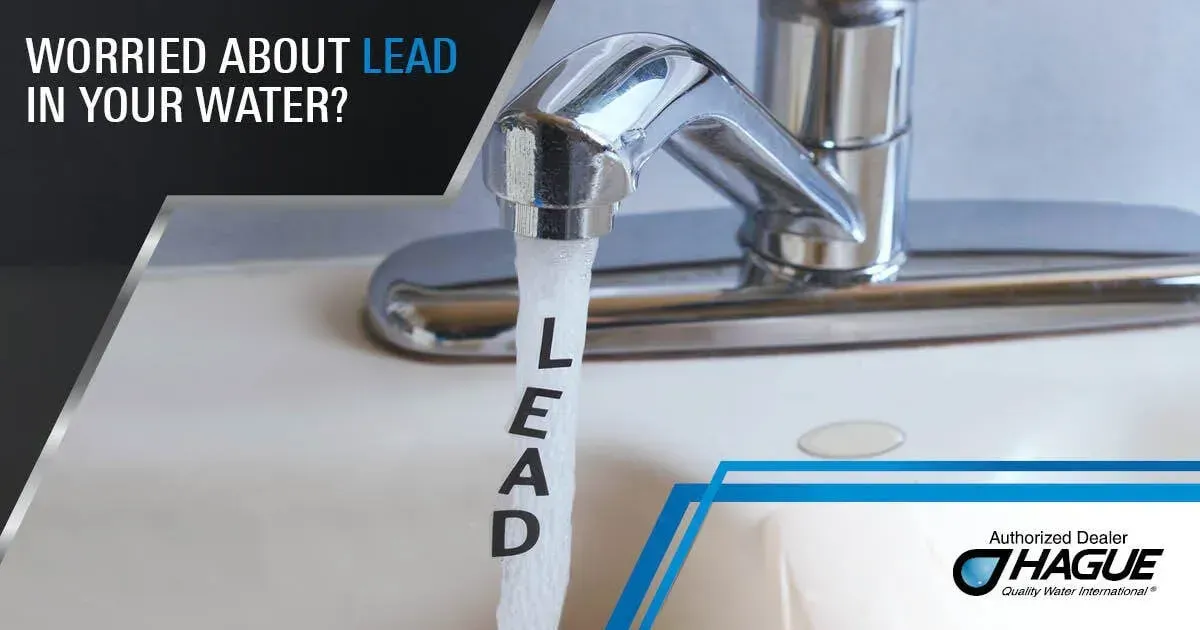Call Today 317-535-6280
Call Today 317-535-6280
Water Softening vs. Water Filtration: Which is Best for Your Home?
Water softening and water filtration: both processes deal with water quality, but they're not the same thing. If you're a homeowner wondering whether you need a water softener or a water filter, you're in the right place. This blog will break down the key differences between the two, explore when you'd use each one, and even discuss when combining them makes sense.
Here's the thing—choosing the right water treatment system can make a huge difference in your home's water quality. Hard water can lead to scale buildup and damage your appliances, while water full of contaminants might pose health risks. In this article, we'll explain how water softening and water filtration work, what problems they solve, and how to decide which is best for you.
Let's dive in and explore what water softening and water filtration are, then compare their benefits, uses, and costs.
Understanding Water Softening
Water softening reduces hard minerals in your water. Hard water has high levels of calcium and magnesium. These minerals create problems like scale buildup, clogged pipes, and stained dishes. Water softeners use ion exchange to fix this.
Here's how it works: water passes through a tank with resin beads. These beads are loaded with sodium or potassium. As water flows through, the hard minerals stick to the beads, and sodium or potassium is released into the water. The result? Softer water with fewer hard minerals.
Soft water has benefits. It stops scale buildup. This helps your pipes and appliances last longer. It also makes your skin and hair feel smoother. Soft water makes soap work better, so you need less of it. That's good for your wallet.
There are a few downsides. Water softening adds sodium to the water. If you’re watching your sodium intake, this could be a problem. And it doesn’t remove other contaminants like chlorine or bacteria. That's why many people combine a water softener with a water filter.
Understanding Water Filtration
Water filtration is designed to remove contaminants from water. These can include chlorine, sediment, bacteria, and heavy metals. Filtration systems use various methods to clean your water. Each method targets different impurities.
Carbon filters are common. They work by trapping impurities in activated carbon. This method is great for removing chlorine and improving taste. Reverse osmosis is another option. It uses a semi-permeable membrane to filter out a wide range of contaminants, including heavy metals and some bacteria. Ultraviolet (UV) filtration uses UV light to kill bacteria and other pathogens.
Filtration has benefits. It improves water taste and smell. It also removes health risks from contaminants. With filtered water, you can drink straight from the tap without worrying about harmful substances.
Water filtration has some limitations, though. It doesn't remove hard minerals, so it won't stop scale buildup. Also, some systems require regular maintenance, like changing filters. These costs can add up.
Key Differences Between Water Softening and Water Filtration
Water softening and water filtration focus on different aspects of water quality. Softening targets hard minerals, like calcium and magnesium. Filtration deals with contaminants, such as chlorine, bacteria, and sediment. The methods and purposes of each process are distinct.
Water softening uses ion exchange to swap hard minerals with sodium or potassium. Water filtration employs various techniques, including carbon filters, reverse osmosis, or ultraviolet light, to remove impurities. Softening helps prevent scale buildup, while filtration improves water's taste, odor, and safety.
Costs can vary. Water softeners require regular salt or potassium replenishment for the ion exchange process. Filtration systems need filter replacements, which can range from simple carbon filters to complex reverse osmosis membranes. Filtration systems might be more expensive initially, but water softeners can have higher ongoing costs.
The environmental impact differs. Water softeners discharge sodium or potassium, affecting the local ecosystem. Filtration systems can create wastewater, especially with reverse osmosis. The environmental consequences depend on the system you choose and how often it needs maintenance.
Health implications are also distinct. Water softeners add sodium to the water, which can be an issue for those on low-sodium diets. Filtration removes harmful contaminants but doesn't address hard water problems. If you need both soft water and safe drinking water, you might consider combining both systems.
When to Use Water Softening
Water softening is ideal when you have hard water. Hard water has high levels of calcium and magnesium. These minerals can cause issues like scale buildup, dry skin, and spots on dishes. If you notice these signs, you likely have hard water.
Homes in areas with high mineral content in the water supply often need softening. This is common in places with limestone or chalk deposits. Softening is also useful for extending the life of appliances like dishwashers and water heaters. Soft water helps these appliances run more efficiently and last longer.
Industries that use a lot of water also benefit from water softening. It helps maintain equipment and reduces maintenance costs. Hotels, laundries, and restaurants often use water softeners to keep operations running smoothly.
Softening is also good if you use a lot of soap or detergent. Soft water lathers better, so you need less soap for cleaning. This can save you money over time.
If you notice scale buildup on faucets, showerheads, or inside appliances, water softening is a smart choice. It can save you from expensive repairs and replacements.
When to Use Water Filtration
Water filtration is your go-to when you need to remove contaminants. If your water smells like chlorine or has a metallic taste, filtration can solve that. These systems target various impurities like sediment, bacteria, and heavy metals.
Well water often needs filtration. Wells can pick up contaminants from runoff or the environment. Filtration ensures the water is safe to drink and cook with. If your area has boil-water advisories or frequent contamination alerts, consider filtration. It provides an extra level of safety.
Filtration also fights waterborne diseases. Some systems use ultraviolet (UV) light to kill bacteria and viruses. Reverse osmosis filters remove a wide range of contaminants, offering thorough protection. If you want better-tasting water, carbon filters are a great choice. They remove unpleasant tastes and odors.
If you want to reduce plastic waste, filtration can help. By filtering your tap water, you avoid buying bottled water, cutting down on plastic waste. Plus, it's easier on your wallet in the long run.
Combining Water Softening and Water Filtration
Combining water softening and water filtration gives you the best of both worlds. Water softening removes hard minerals like calcium and magnesium. This stops scale buildup in pipes and extends the life of appliances. Water filtration, on the other hand, eliminates contaminants like chlorine, sediment, and bacteria. Together, they create cleaner, safer water.
A dual system works like this: first, water passes through a softener, removing hard minerals. This prevents scale from clogging pipes and damaging appliances. Next, it goes through a filter, removing contaminants. This setup ensures your water is both soft and clean.
Combining these systems has advantages. Your appliances last longer without scale buildup. Your water tastes better because it's free of chlorine and other contaminants. Plus, you get peace of mind knowing your water is safe to drink.
However, there are a few things to consider. A dual system can be more expensive upfront. You have to buy both a softener and a filter. There's also more maintenance. You'll need to replace filters and replenish salt or potassium for the softener. Despite these costs, many people find the benefits outweigh the downsides.
Overall, combining water softening and water filtration provides a comprehensive solution. You get the benefits of soft water without worrying about contaminants.
Conclusion and Recommendations
Water softening and water filtration each serve a different purpose. Water softening removes hard minerals, preventing scale buildup and extending the life of your appliances. Water filtration focuses on removing contaminants, ensuring your water is safe to drink and tastes good.
Choosing the right system depends on your needs. If you have hard water, a softener is a smart choice. It stops scale and helps appliances run longer. If you're worried about contaminants like chlorine, bacteria, or heavy metals, a water filtration system is the way to go.
Combining both systems can be beneficial. A dual setup gives you soft water and clean water. This approach can be more expensive, but it offers comprehensive protection for your home's water supply.
If you're unsure which system to choose, start by assessing your water quality. Consider factors like mineral content, water source, and local water issues. This information will help you decide which system suits you best.
Get Pure Water Today!
For top-notch water treatment services, trust Puresoft Water Treatments. We offer a range of solutions, from water softeners to whole-home filtration systems. Serving Central Indiana and beyond, including Westfield, Carmel, Brownsburg, Avon, Plainfield, Martinsville, and Mooresville.
Experience clean, soft water with Puresoft. Call us today to schedule a consultation!
Frequently Asked Questions
Is water softening safe for drinking water?
Yes, but it adds sodium to the water. If you have a low-sodium diet, you should be cautious. Some people choose potassium-based softeners to avoid this issue.
Does water filtration remove all contaminants?
No, different filtration systems target different contaminants. Carbon filters remove chlorine and improve taste. Reverse osmosis removes a wider range of impurities, including some heavy metals. Ultraviolet (UV) filtration targets bacteria and viruses.
How often should I maintain my water softener?
It depends on the type of softener and your water quality. Salt-based softeners need salt replenishment regularly, typically every few weeks. You should also clean the resin tank every few months.
Can I install a water softener and filtration system myself?
Some systems are DIY-friendly, but others require professional installation. If you're not sure, it's best to hire a professional to ensure everything is installed correctly.
Which system is more cost-effective in the long run?
It depends on your water quality and needs. Water softeners may have lower initial costs but require ongoing salt replenishment. Filtration systems can be pricier upfront but have fewer ongoing costs. Consider your long-term budget when choosing.
Does water softening affect the taste of water?
It can, especially if it adds sodium. Some people notice a slight saltiness in soft water. Filtration can help improve the taste by removing other contaminants.
Are there any environmental concerns with water softeners?
Yes, the sodium or potassium discharge from water softeners can affect local water sources. Some areas have restrictions on softeners due to environmental concerns.
Can I use both water softening and water filtration for my whole house?
Yes, you can combine both systems. This setup gives you the benefits of soft water and filtered water. It's a great option if you have hard water and also need to remove contaminants.
How do I choose the right system for my home?
Start by assessing your water quality. Test for hard minerals, contaminants, and other impurities. Consider your budget, maintenance capabilities, and health concerns. If you’re unsure, consult a water treatment specialist to get personalized advice.
Do water softeners need a lot of maintenance?
Water softeners require some maintenance, mainly replenishing the salt or potassium and cleaning the resin tank. This can vary depending on usage and the type of softener. Regular maintenance ensures the system works properly and lasts longer.
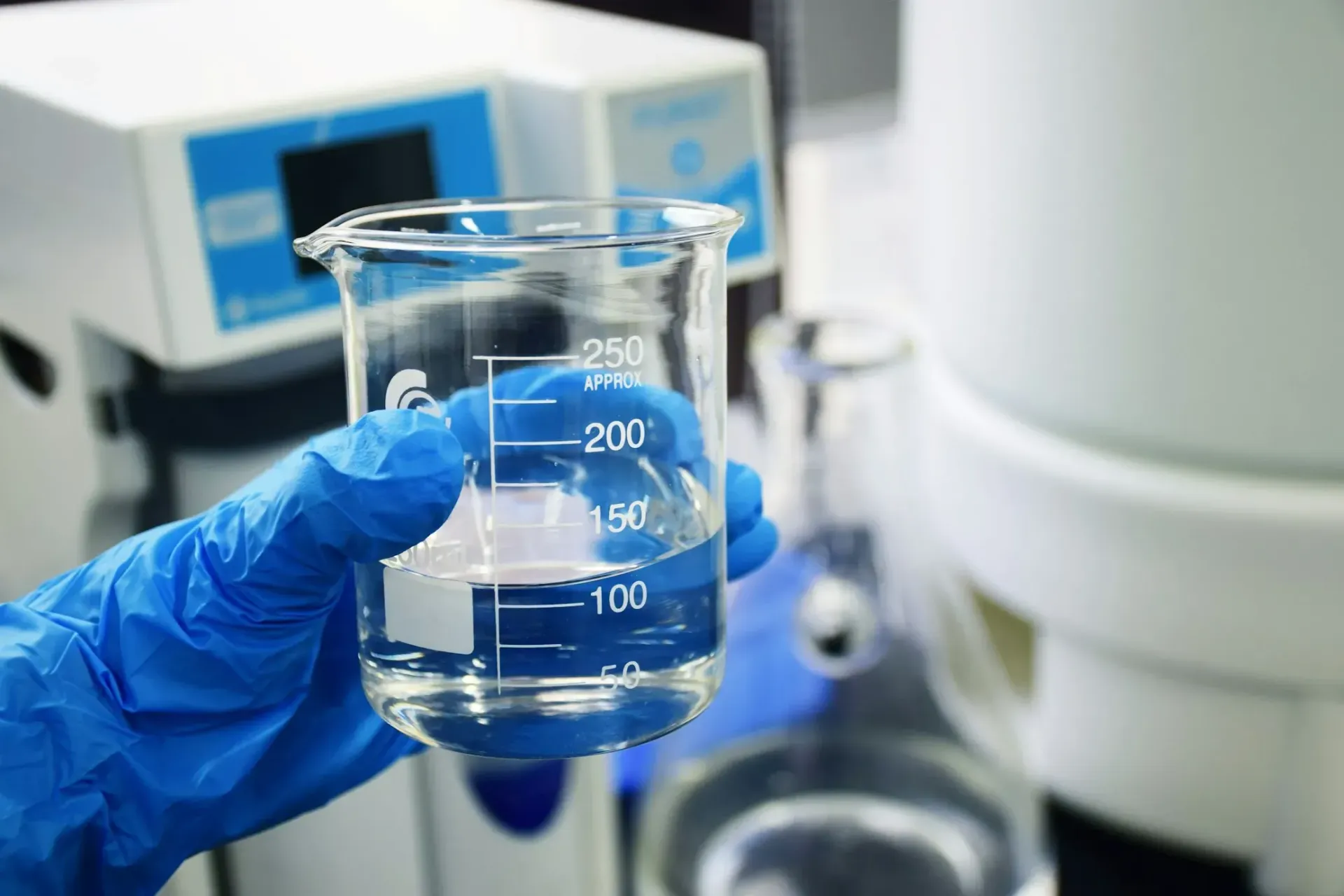
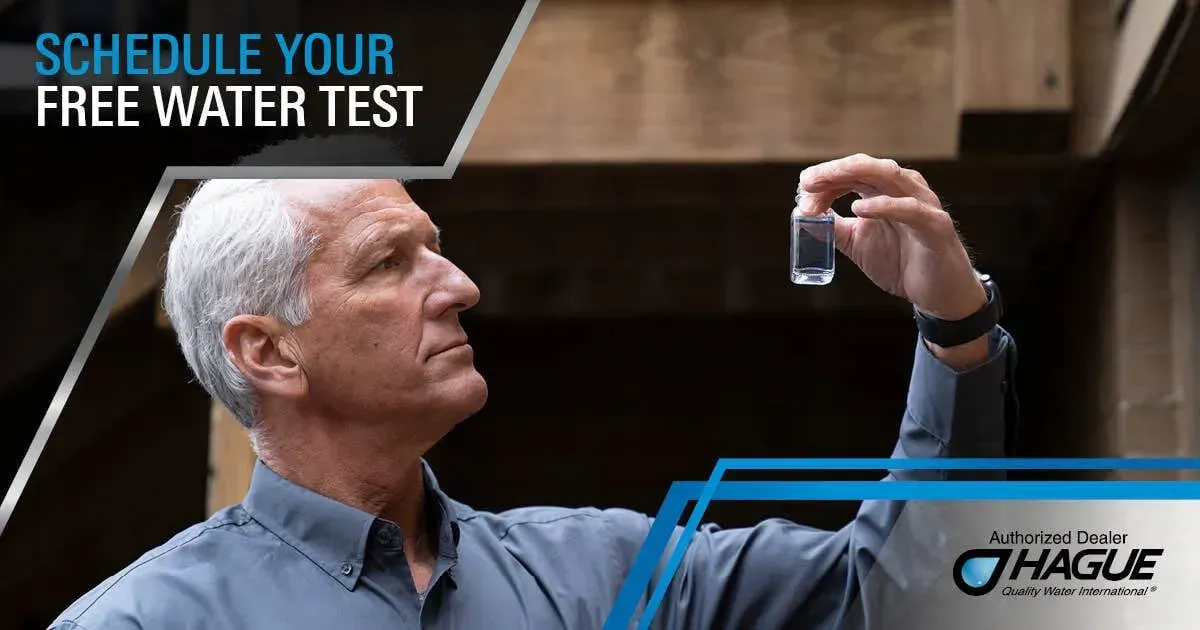
Contact Information

Email: haguepuresoft@gmail.com
Phone: 317-535-6280
Address: 3428 N Centerline Rd, Franklin, IN 46131, United States of America
Business Hours

- Mon - Sat
- -
- Sunday
- Closed

